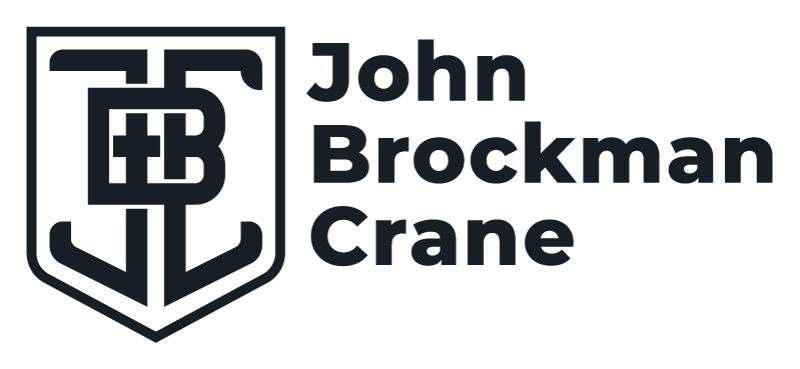The 2022 legislative session started up yesterday. Many people are surprised to learn just how many bills are filed at the beginning of each legislative session. This year is no exception with over 850 bills filed collectively in the Indiana House and Senate.
Part of the dilemma for any political leader is determining the right decision to make on a given issue. For those in elected office, there is a common scenario that plays out on virtually every issue at every level of government:
Advocate A passionately talks to their elected official and argues for one position on a given issue, concluding, “You need to do the right thing.”
Then, advocate B comes and passionately argues for the opposite side of the same issue, concluding, “You need to do the right thing!”
So, who’s right? As someone who is commissioned to represent all of the people in their district, how does the elected official figure out the right path forward amid constantly competing interests?
Relatedly, within our democratic form of government, how is the elected official to practically know the will of the people he or she represents? In my own case, for example, my legislative team and I mailed out my annual pre-session survey late last Fall to the over 150,000 constituents currently in District 24, asking for input on just 6-8 key issues prior to the 2022 legislative session. Of the 43,670 mailers sent out to the households in my district, only 403 surveys were returned. This less-than-1-percent return rate was only slightly lower than the typical constituent response every year.
The engaged citizen, therefore, will quickly discover that his or her voice can have an outsized influence on the issues being considered by political decision-makers, because so few people actually speak up. Making a meaningful difference is possible for those people willing to engage, depending on how they go about it.
